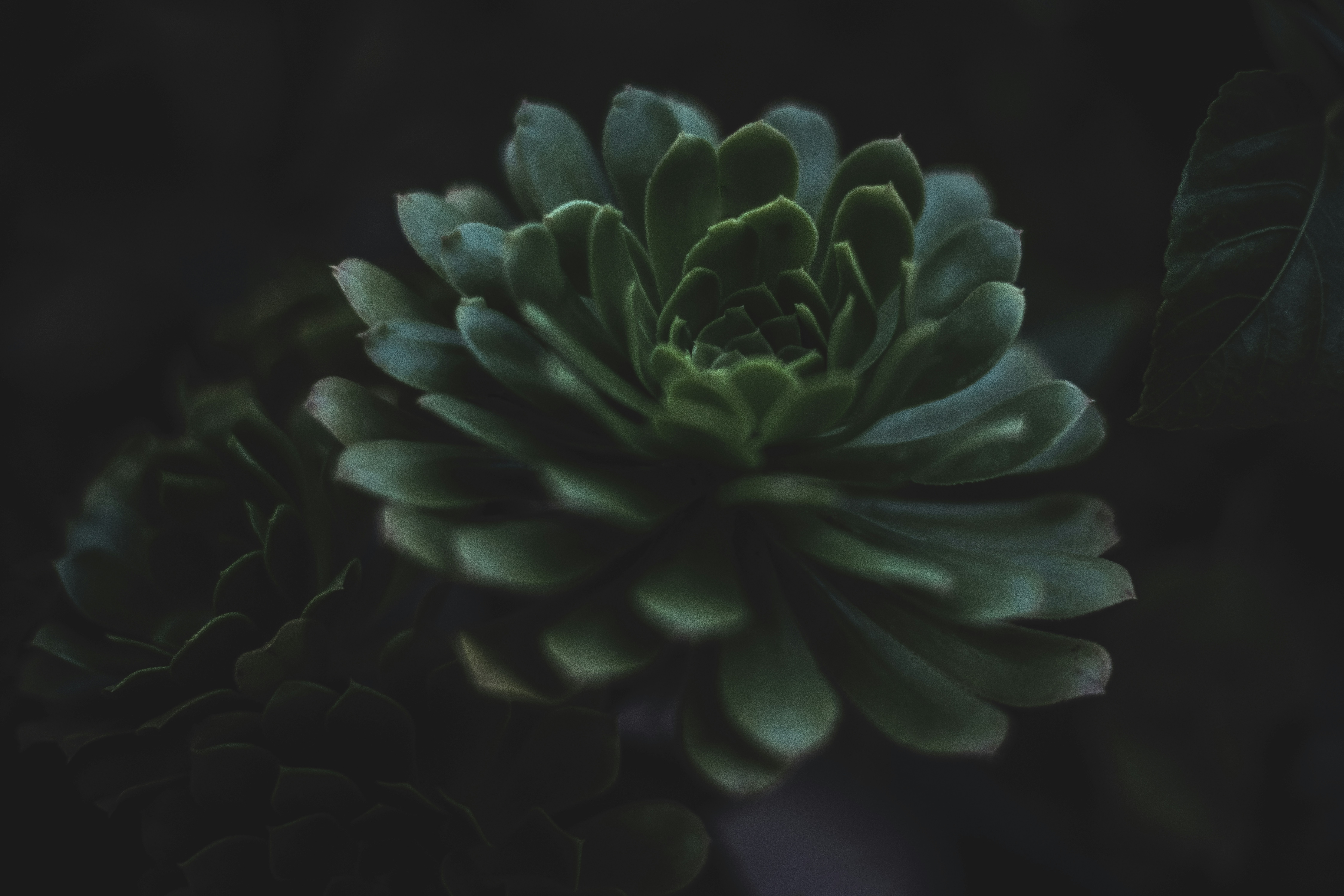Can Succulents Survive Without Sunlight?
Succulents are popular houseplants because they’re easy to care for and come in many different shapes and colors. If your home doesn’t get much sun, you might wonder if these plants can survive without sunlight. While they can tolerate lower light levels than many other plants, they are not able to survive without some form of light to maintain their health.
Most succulents thrive in bright, indirect sunlight, but some varieties are better suited to lower-light conditions or can be supplemented with artificial grow lights. The key to successfully growing succulents indoors is selecting the right type for your home’s lighting and providing appropriate care.
Key Takeaways
- Succulents need some light, but certain kinds tolerate low-light.
- Some varieties can thrive indoors even without direct sunlight.
- Proper care and light sources help succulents survive in shade.
Do Succulents Need Sunlight to Survive?
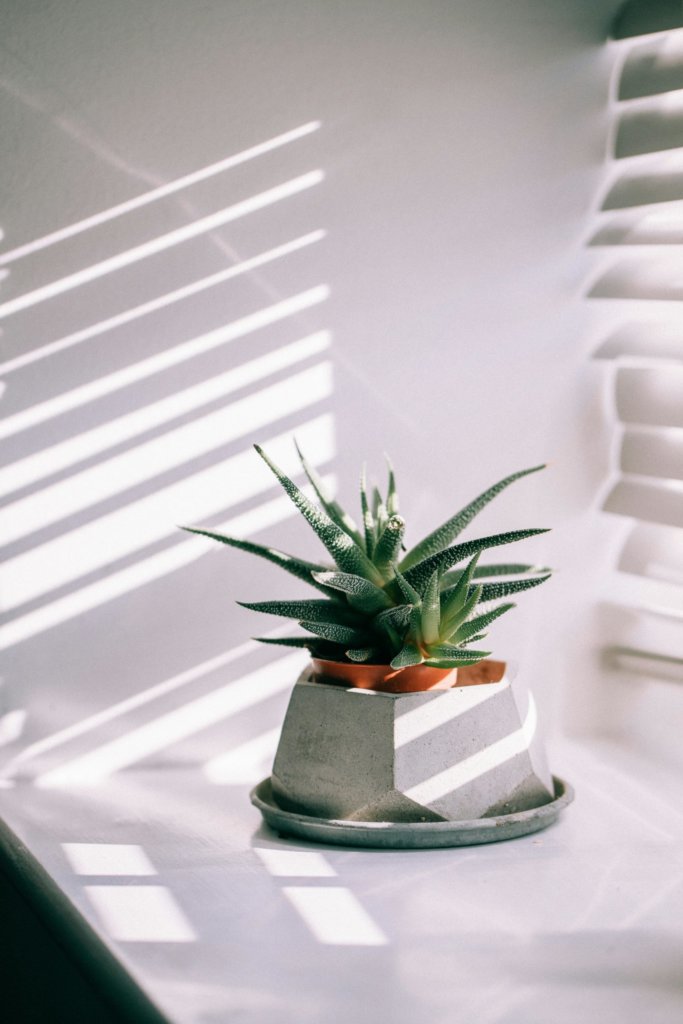
Succulents depend on sunlight for growth and health, but many types can adapt to low-light conditions for a while. Understanding how sunlight affects succulents helps you give them the best chance to thrive indoors or in less sunny areas.
Short-Term vs Long-Term Survival Without Sunlight
Succulents are adapted to survive tough conditions. In the short term, your plant can live without sunlight for a few days or even weeks because it stores extra water and energy in its leaves and stems.
However, long-term survival is different. If a succulent goes for several weeks or months without enough light, it will not thrive. Growth slows down, and over time, the plant becomes weak and unhealthy.
If you keep your succulent in a low-light environment, try to give it some light whenever possible. Rotate the plant or use a grow light.
Signs of Insufficient Light in Succulents
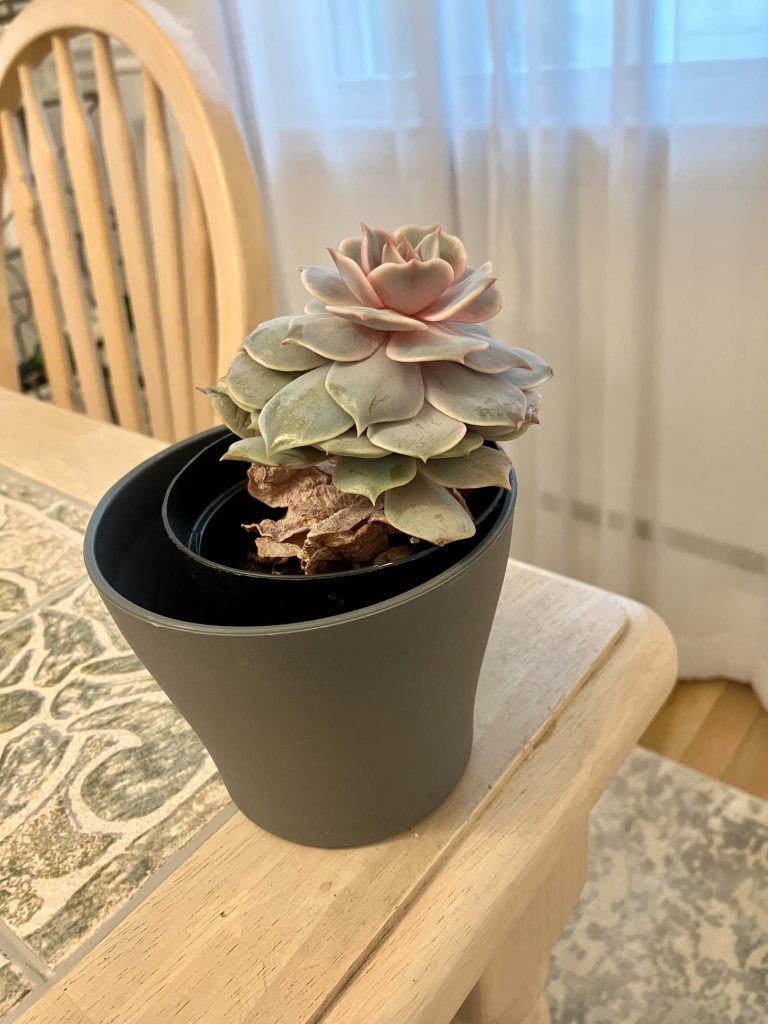
Succulents show clear signs when they are not getting enough light. One of the most common problems is etiolation. This is when your plant starts to stretch out, becoming tall and thin as it searches for light. Leaves will also space out and lose their color or become a dull green.
Other signs include:
- Soft, weak stems
- Pale or faded leaves
- Noticeable leaning toward a light source
- Slower growth than normal
If you see these symptoms, move your succulent to a brighter spot with indirect sunlight. This helps improve its condition and keeps it healthy. Checking your plant regularly helps you catch these warning signs early.
Low-Light Succulents: Varieties That Thrive Without Direct Sun
Some succulents can grow well in spaces with little sunlight. These plants are a solid choice for shaded rooms, offices, or apartments where natural sunlight is limited.
Top Succulents for Low-Light Conditions
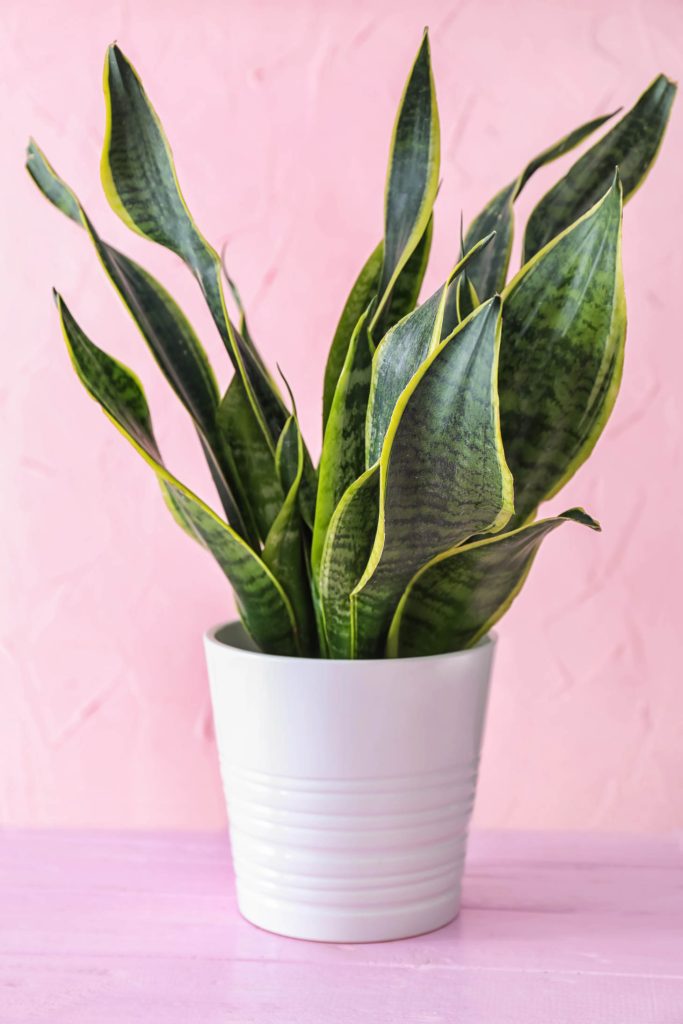
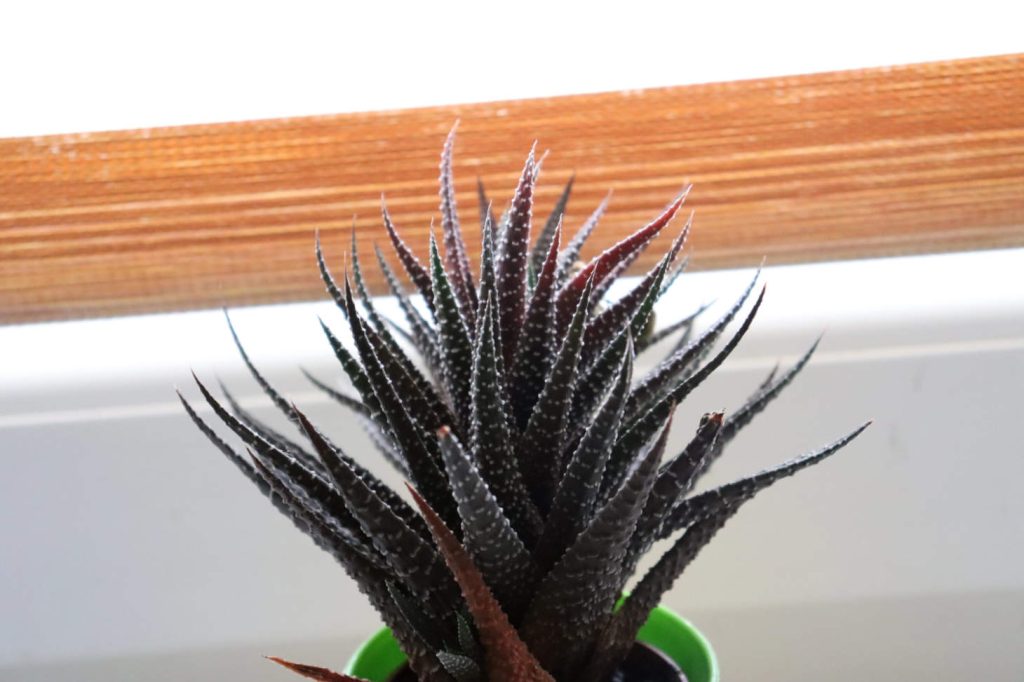

Several succulents are known for their ability to tolerate low-light conditions. The snake plant ( Dracaena trifasciata, formerly Sansevieria trifasciata) and ZZ plant (Zamioculcas zamiifolia) are excellent choices as they thrive in indirect or low light.
Other good choices include haworthia, gasteria, and zebra plant (Haworthiopsis attenuata). These stay healthy in indirect light and are easy to care for.
While certain succulents like panda plant (Kalanchoe tomentosa) and jade plant (Crassula ovata) can adapt to low light, they prefer brighter conditions for optimal growth. Aloe vera and various euphorbia species can also survive in lower light but generally require more sunlight to stay healthy.
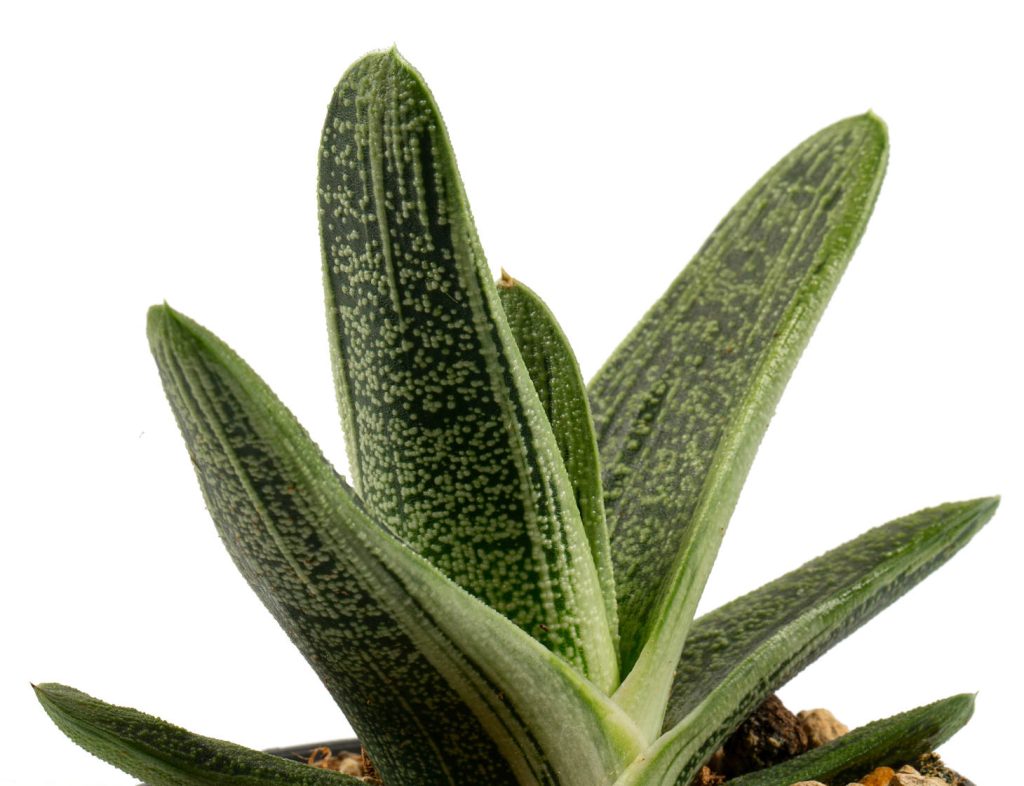
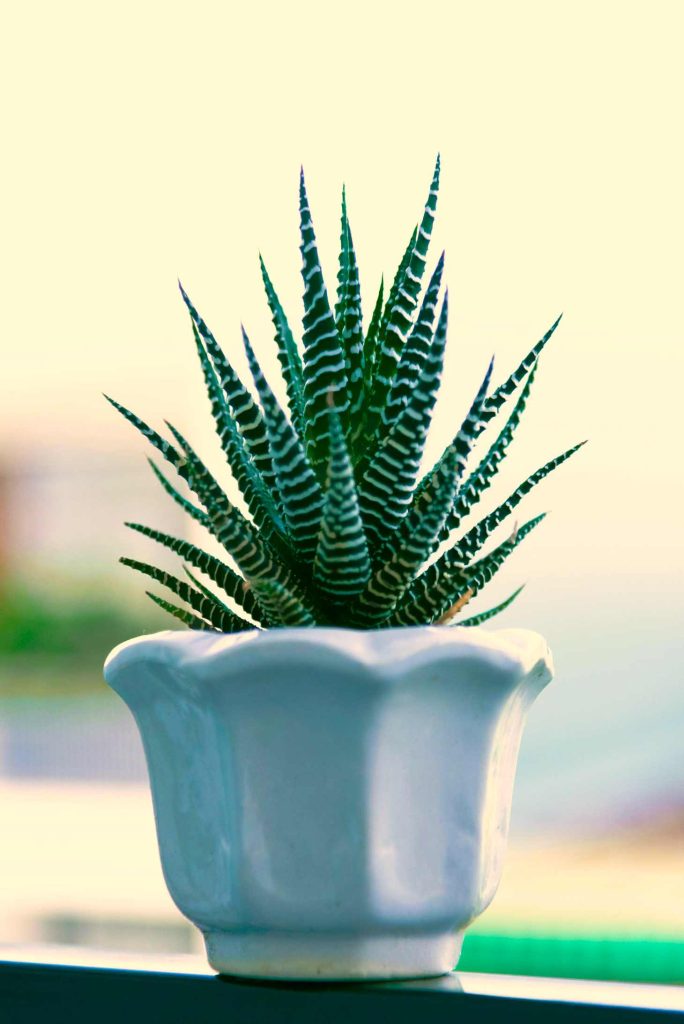
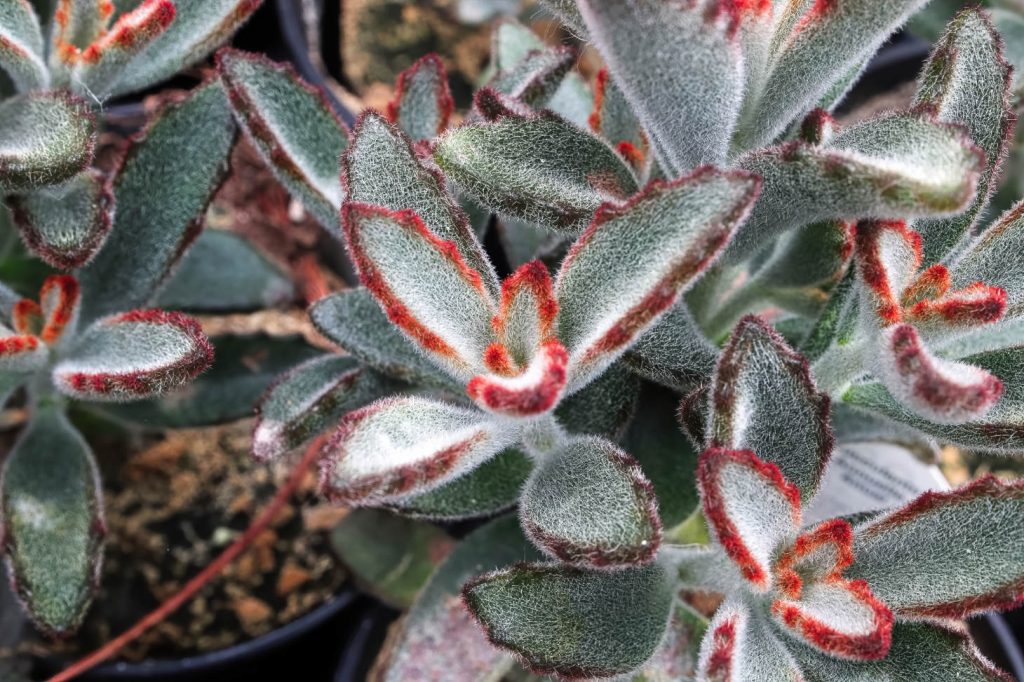
Table: Common Low-Light Succulents
| Name | Light Needs | Notes |
|---|---|---|
| Snake plant (Dracaena trifasciata) | Low to moderate | Tolerates low light but thrives in bright, indirect light. Very drought-tolerant. |
| ZZ plant (Zamioculcas zamiifolia) | Low to moderate | Extremely tolerant of low light. Slow-growing and can be damaged by too much direct sun. |
| Haworthia | Low to bright, indirect | Prefers bright, indirect light. Many species are naturally found in shaded areas, making them suitable for indoor conditions |
| Gasteria | Low to moderate, indirect | Best in moderate, indirect light. Can handle lower light but may not flower. |
| Zebra plant (Haworthiopsis attenuata) | Moderate, indirect | A type of Haworthia that prefers bright, indirect light to maintain its stripes. Can tolerate lower light but growth may slow. |
| Panda plant (Kalanchoe tomentosa) | Moderate to bright, indirect | Prefers bright, indirect light. Can tolerate some lower light but may become leggy and lose its characteristic leaf color. |
| Jade plant | Moderate to bright, indirect | Needs bright, indirect light to thrive. Can survive in lower light but will become leggy. |
| Aloe vera | Moderate to bright, indirect | Requires bright, indirect light. Too little light will cause it to stretch; direct sun can burn the leaves. |
| Euphorbia species | Varies by species | Light needs are highly dependent on the specific species. Many prefer bright, direct sunlight, while some can tolerate lower light. |
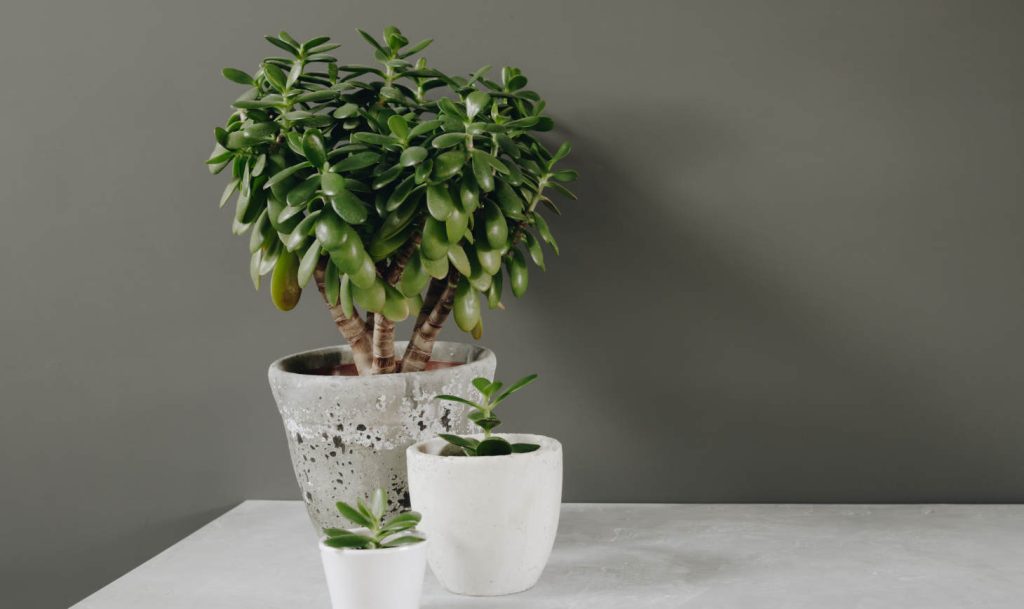
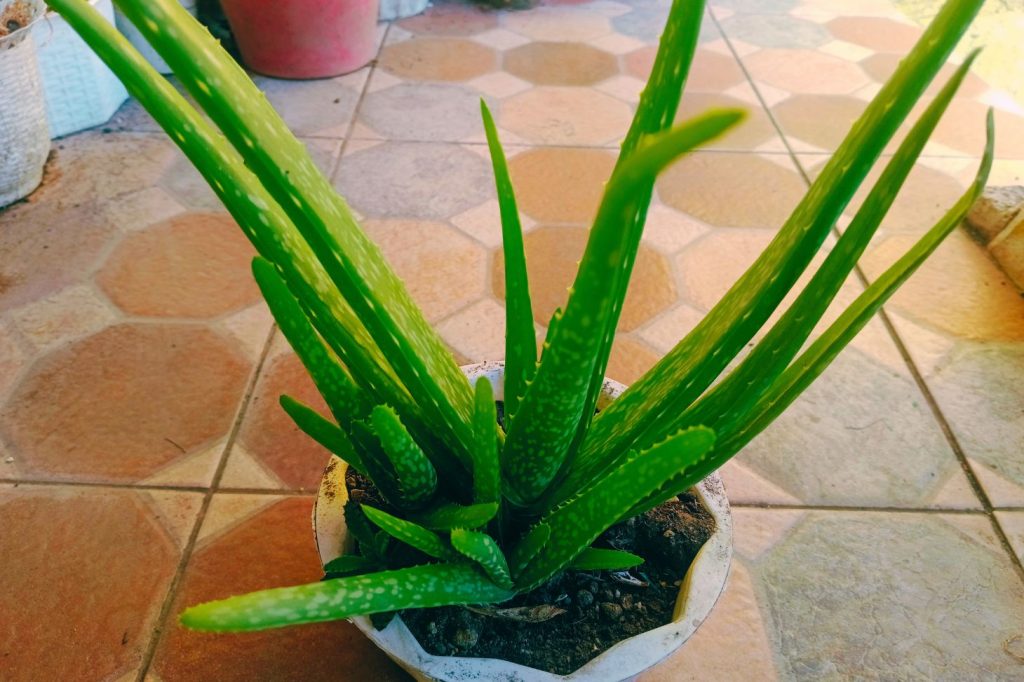
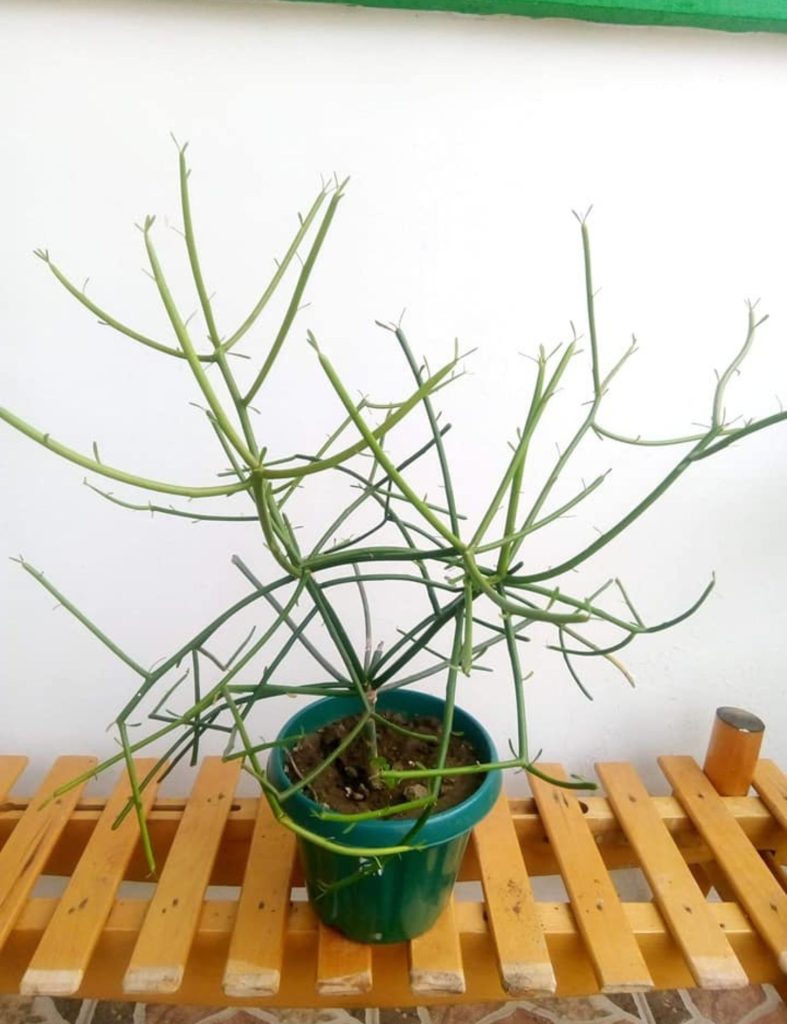
Characteristics of Shade-Tolerant Succulents
Shade-tolerant succulents tend to have thicker, fleshy leaves that store water efficiently.
Many form rosettes or clusters, letting them make the best use of any available light. These plants usually grow slowly indoors. Their compact shape means they do not sprawl or stretch as much as sun-loving types.
They also use less water than those placed in harsher, bright spots, which helps prevent root rot and other problems.
Adapting Succulents for Indoor Environments
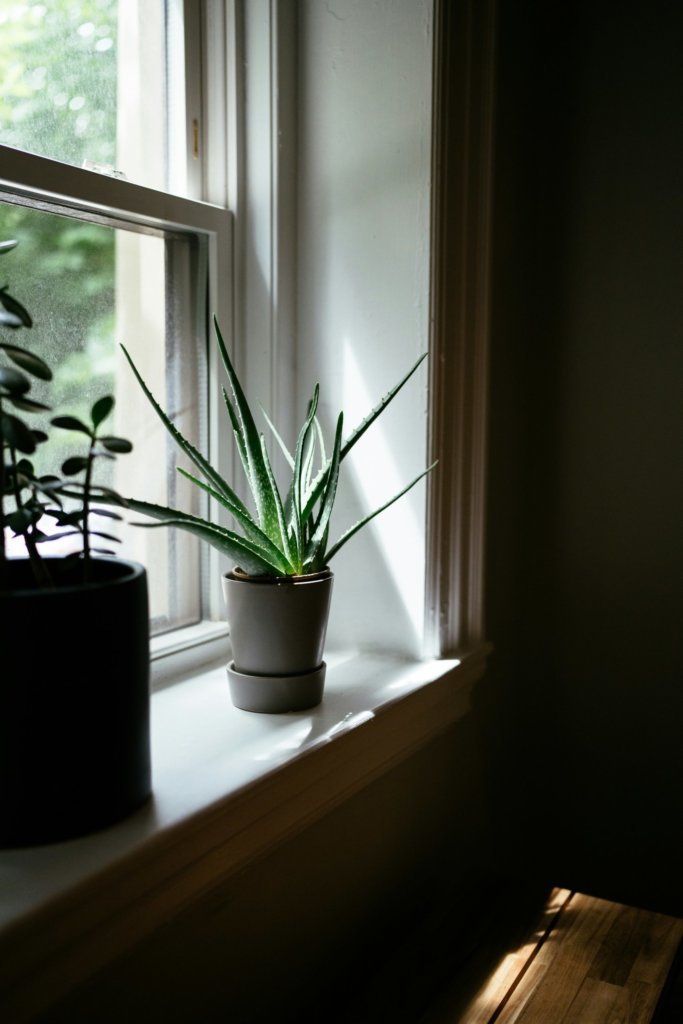
Growing succulents indoors requires a few simple adjustments. Place your plants near a window that gets filtered, indirect light. East- or north-facing windows are best for shade-tolerant types like haworthia or gasteria.
Water sparingly, letting the soil dry completely between watering. A pot with drainage holes and a gritty, fast-draining soil mix is essential.
Rotate pots every couple weeks, so every side of the plant receives some light. Gently wipe leaves with a soft brush or cloth to remove dust, which can hinder photosynthesis.
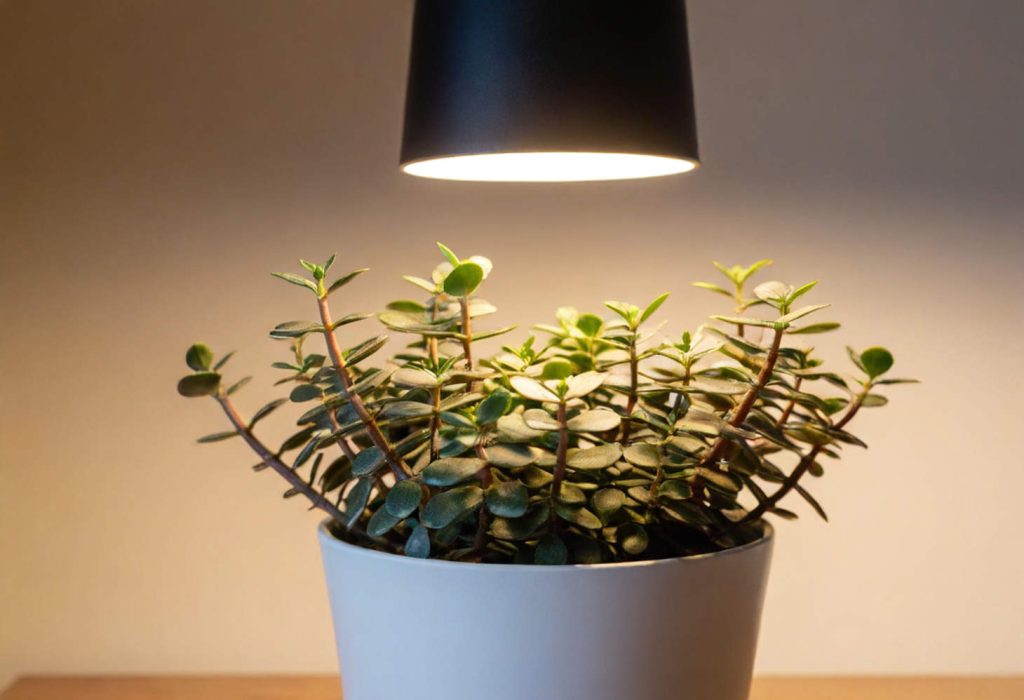
For rooms with inadequate natural light, consider using a grow light. Full-spectrum LED grow lights for several hours a day can help succulents thrive even in low-light conditions.

